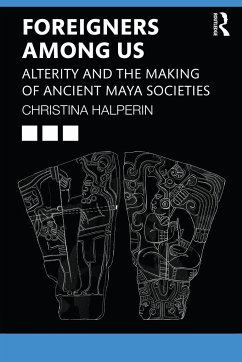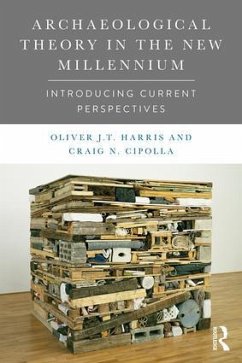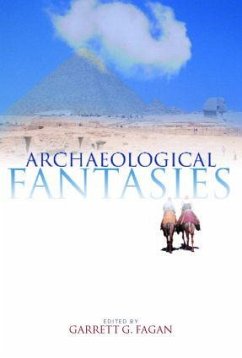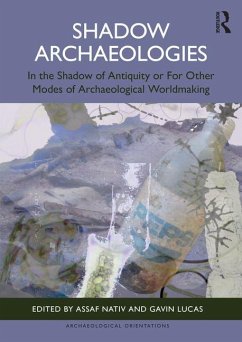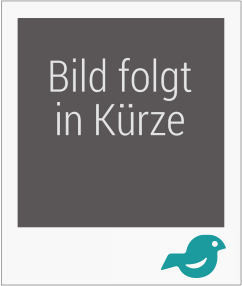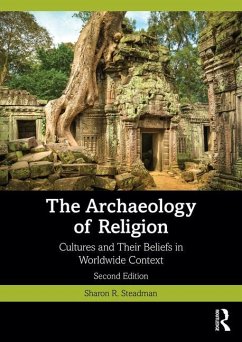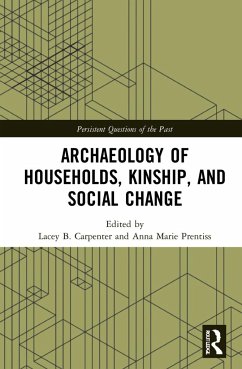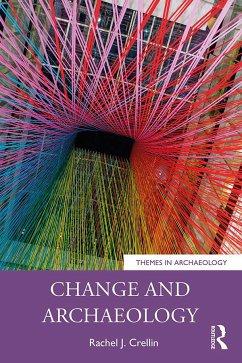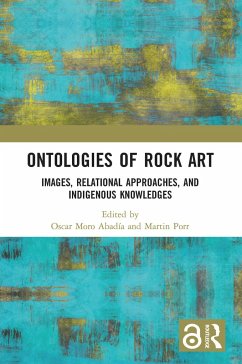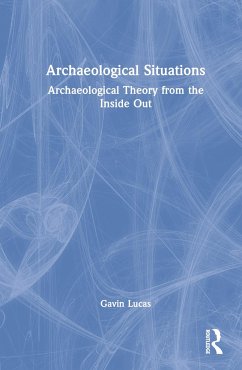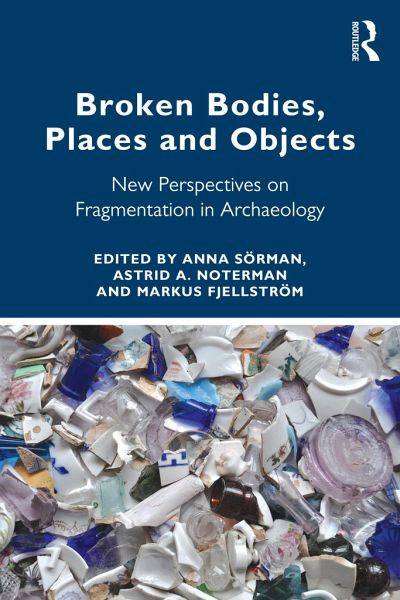
Broken Bodies, Places and Objects
New Perspectives on Fragmentation in Archaeology
Herausgeber: Sorman, Anna; Fjellstrom, Markus; Noterman, Astrid A.
Versandkostenfrei!
Versandfertig in 2-4 Wochen
58,99 €
inkl. MwSt.
Weitere Ausgaben:

PAYBACK Punkte
29 °P sammeln!
Broken bodies, places and objects demonstrates the breadth of fragmentation and fragment use in prehistory and history, and provides an up-to-date insight into the current archaeological thinking around the topic.




